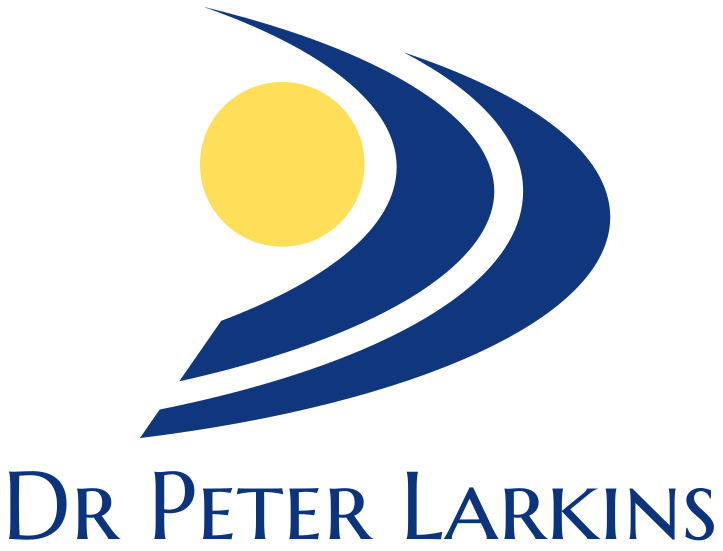Physical Activity - Your Best Health Prescription
The link between health, physical activity and well-being is well established. Unfortunately, many individuals are intimidated by the thought of regular physical activity and have the misconception that achieving and maintaining fitness requires a complicated time commitment or vigorous exertion. This is not the case at all.
Surveys in Australia show that two thirds of adults do not participate in any form of regular physical activity and this has led us to be one of the least healthy nations with high rates of obesity, diabetes, hypertension, heart disease and degenerative joint disorders – just to mention a few! The two most common excuses offered for not being active are “too busy” and “already in good health” – a dangerous presumption that good health is somehow automatically bestowed on us and will last forever.
The health benefits of regular moderate intensity exercise are well established. A consistent program based on aerobic activity three to five times each week is a great start. You should aim to devote at least thirty minutes each session but it does not matter whether you walk, swim, skip, run, cycle, row – in fact, any activity that uses large muscle groups in a rhythmic fashion will get you there. You should gradually increase the time as your fitness improves.
And even better news is that recent research has shown that you can break the activity sessions up into shorter efforts and still get the benefits. So if you don’t have time for a full 30 minute workout then three bouts of 10 minutes exertion is still helpful (although not as quite as effective in the long term).
Whilst three sessions per week should be your minimum starting routine, the health benefits are achieved more quickly and are more impressive if you build up slowly to five or more activity sessions each week.
The health and fitness benefits occur regardless of whether the activity is a structured exercise routine or simply a lifestyle that includes some sustained physical exertion during the course of a busy day. Look for opportunities for “incidental” exercise sessions. Work to the shops if you only need a few items, park further from the train station or cinema centre, use stairs rather than an elevator or lift. You will be surprised how often opportunities present themselves. Get your heart rate above normal resting values and you are under way on your fitness improvement. The more you do the fitter you will become.
If you combine the exercise with some gentle stretching, good nutrition and progressive resistance (strength) training you have the perfect blend of activities for improving your health.
Remember the intensity of the activity need not be vigorous. You are not training like an athlete –you just have to move. Regardless of what you do you should not be so breathless than you cannot carry on a conversation with an exercise buddy - this is known as the “talk test”. If you can’t talk, you are probably pushing too hard!
The best results do not come quickly but with a consistent and balanced commitment the rewards will be significant physical and mental health benefits and you will be setting the scene for a long and productive life.

